Easy Furniture Care by Neudot Furniture
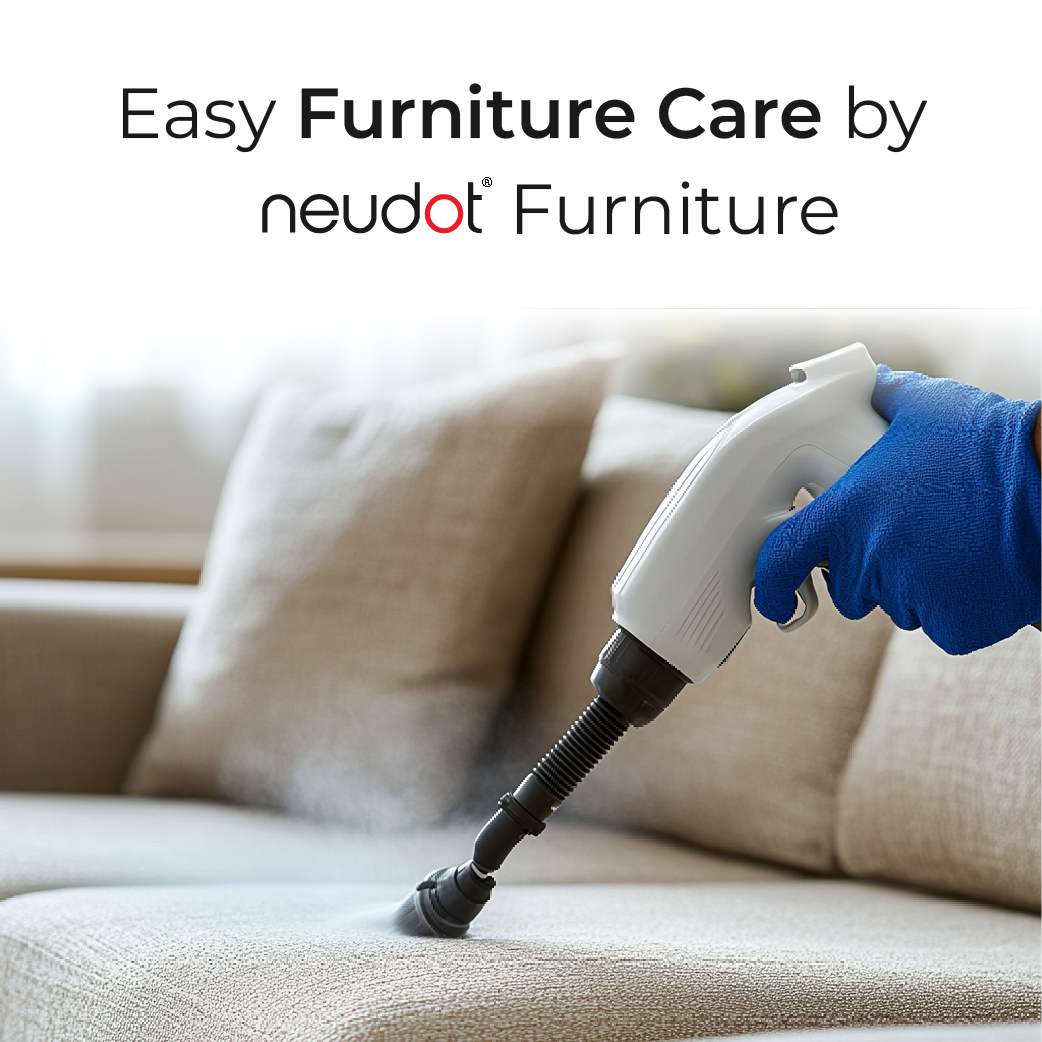
Easy Furniture Care by Neudot Furniture
Introduction
Welcome to the Neudot Furniture family! We believe your furniture should be a source of joy and comfort, lasting for years to come.
That's why we've put together this easy guide to furniture care, ensuring your beloved pieces stay looking their best with minimal effort.
From the rich warmth of solid wood to the sleek practicality of engineered wood made furniture and the cozy embrace of your sofa, we've got you covered. Let's dive into the simple steps you can take to maintain the beauty and longevity of your beloved furniture.
Home Furniture Care: How to clean wooden furniture?
The natural beauty of wood furniture brings an undeniable elegance to any space. Whether it's a sturdy dining table, a classic bookshelf, or even wooden garden furniture maintenance, keeping it clean is key to preserving its charm.
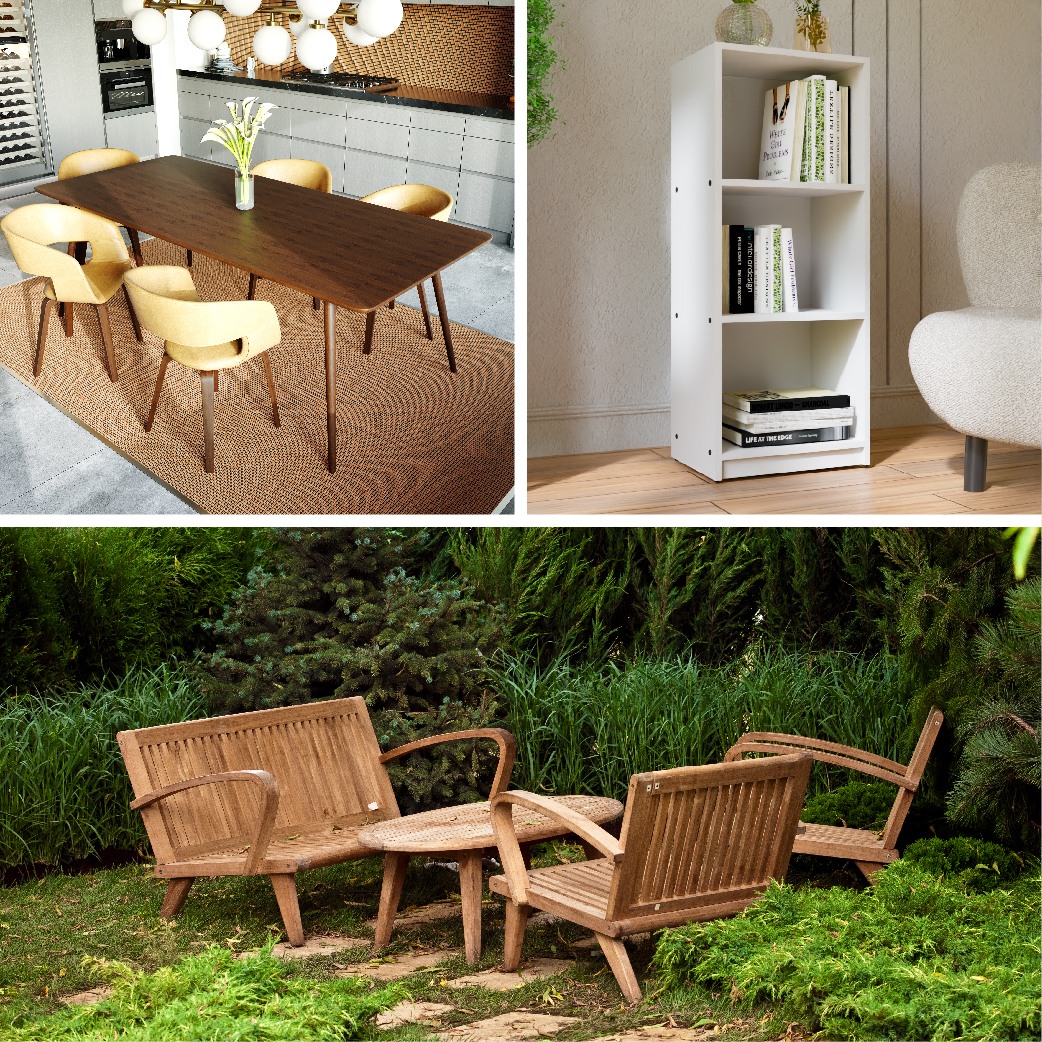
But how do you tackle spills and everyday grime without damaging the finish? Let's explore some effective techniques.
Cleaning of furniture with varying degrees of stain
Life happens, and furniture sometimes bears the brunt of it. Depending on the type and severity of the stain, different approaches are needed.
Lightly Soiled Furniture
For everyday dust and minor smudges, a soft, lint-free cloth is often all you need. Gently wipe down the surfaces, following the grain of the wood.
For a little extra cleaning power, you can lightly dampen the cloth with lukewarm water, ensuring you wipe dry immediately afterwards. Avoid harsh chemicals or abrasive cleaners, as these can damage the finish.
Remove Difficult Marks
Sometimes, a simple wipe-down isn't enough. For more stubborn marks, like sticky residue or food spills, try a mild solution of dish soap diluted in warm water. Apply it to a soft cloth, wring it out well, and gently dab the affected area.
Wipe clean with a separate damp cloth and dry thoroughly. Remember to always test any cleaning solution in an inconspicuous area first to ensure it doesn't damage the finish.
This is especially important for office furniture care where different materials might be used.
Remove Old Polish
Over time, old layers of furniture polish can build up, creating a hazy or sticky residue.
To remove this, you can use a solution of equal parts white vinegar and water. Apply it with a soft cloth, working in sections, and then wipe dry with a clean cloth. This method can help restore the natural luster of your wooden furniture.
Erase Water Stains from the Wood
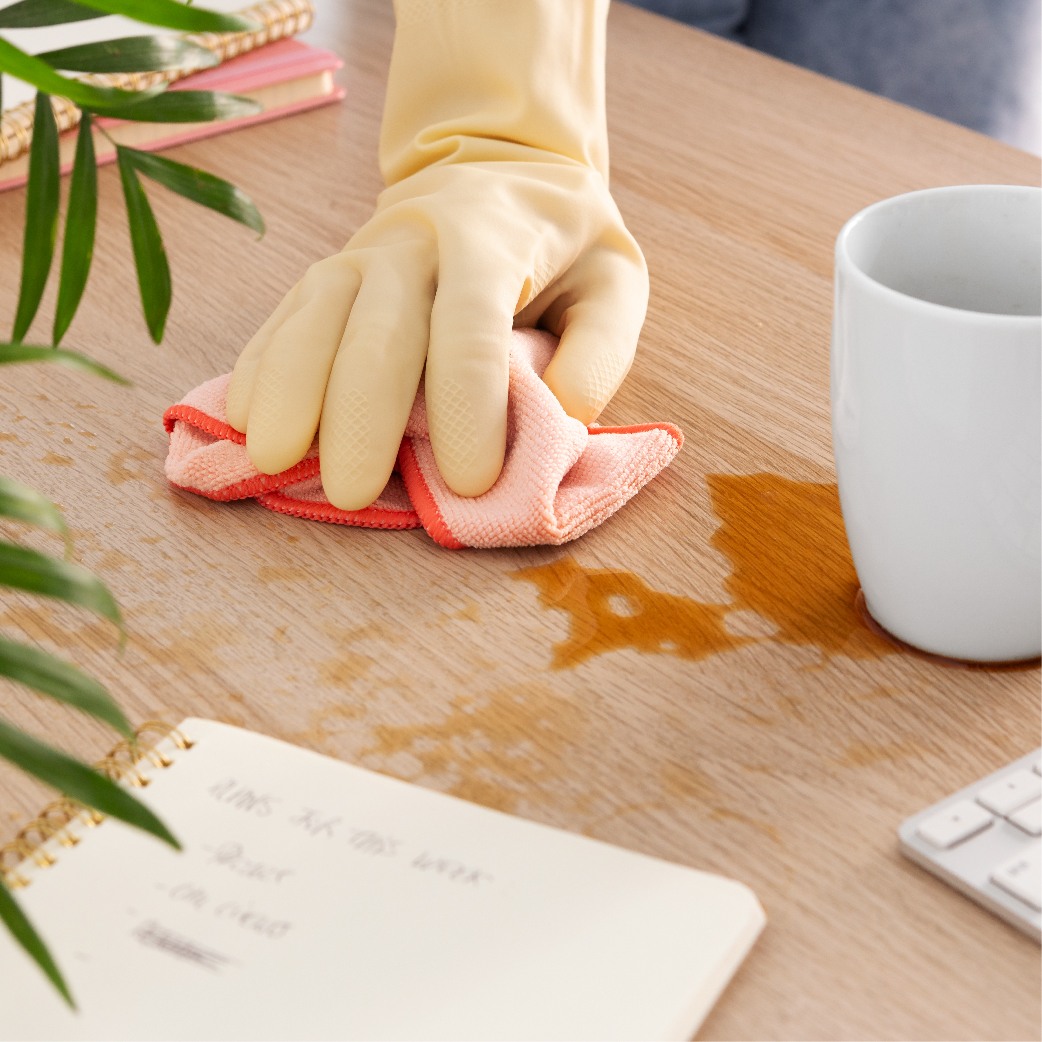
Those dreaded white rings left by a forgotten glass can be frustrating. Often, you can remove these relatively easily. Try gently rubbing the stain with a non-gel toothpaste on a soft cloth or a mixture of equal parts mayonnaise and white ash (if available) left on the stain for a few hours.
Wipe clean and polish afterwards. For more persistent water stains, a hairdryer on a low heat setting, directed at the stain (while keeping a distance and wiping frequently with a soft cloth), might also do the trick.
Remember, prompt action is key when dealing with water damage, especially for garden furniture maintenance that's exposed to the elements.
Tips for Maintenance of Engineered Wood Furniture
Engineered wood offers a stylish and often more budget-friendly alternative to solid wood. While it's generally quite durable, proper care will ensure it lasts for years to come.
Treat Home/Office Furniture with Care
Avoid dragging heavy objects across the surface of your engineered wood furniture, as this can cause scratches.
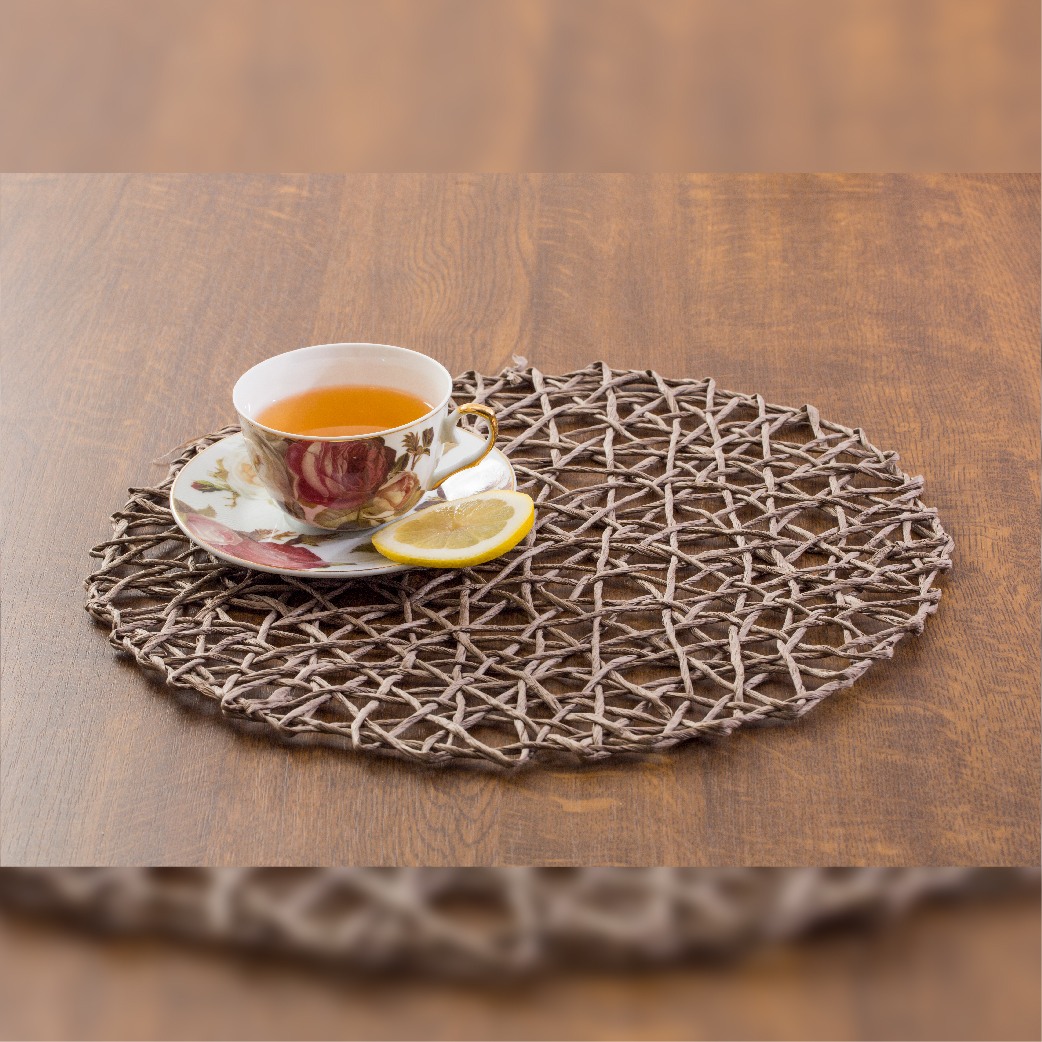
Use coasters under drinks and placemats under hot dishes to prevent heat and moisture damage, whether it's in your home or your office furniture.
Dust Regularly
Just like solid wood, engineered wood can accumulate dust. Regular dusting with a soft, dry cloth will keep it looking clean and prevent dust buildup that can scratch the surface over time.
Ensure that the Wooden Furniture Remains Clean
Wipe up spills immediately with a damp cloth and dry thoroughly. Avoid using excessive water, as it can seep into the core of the engineered wood and cause swelling.
Prevent Damage
Protect your engineered wood furniture from direct sunlight, which can cause fading or discoloration over time. Consider using curtains or blinds to filter the light.
Reoil the Wood
While engineered wood doesn't require the same oiling as solid wood, some types with a veneer might benefit from occasional polishing with a product specifically designed for engineered wood. Always follow the manufacturer's instructions.
Treat Wear and Tear Immediately
Address any chips or scratches as soon as you notice them. There are various repair kits available that can help conceal minor damage and prevent it from worsening.
Wood Furniture Protection
Consider using furniture protectors on the legs of your tables and chairs to prevent scratches on your flooring and the furniture itself when moved.
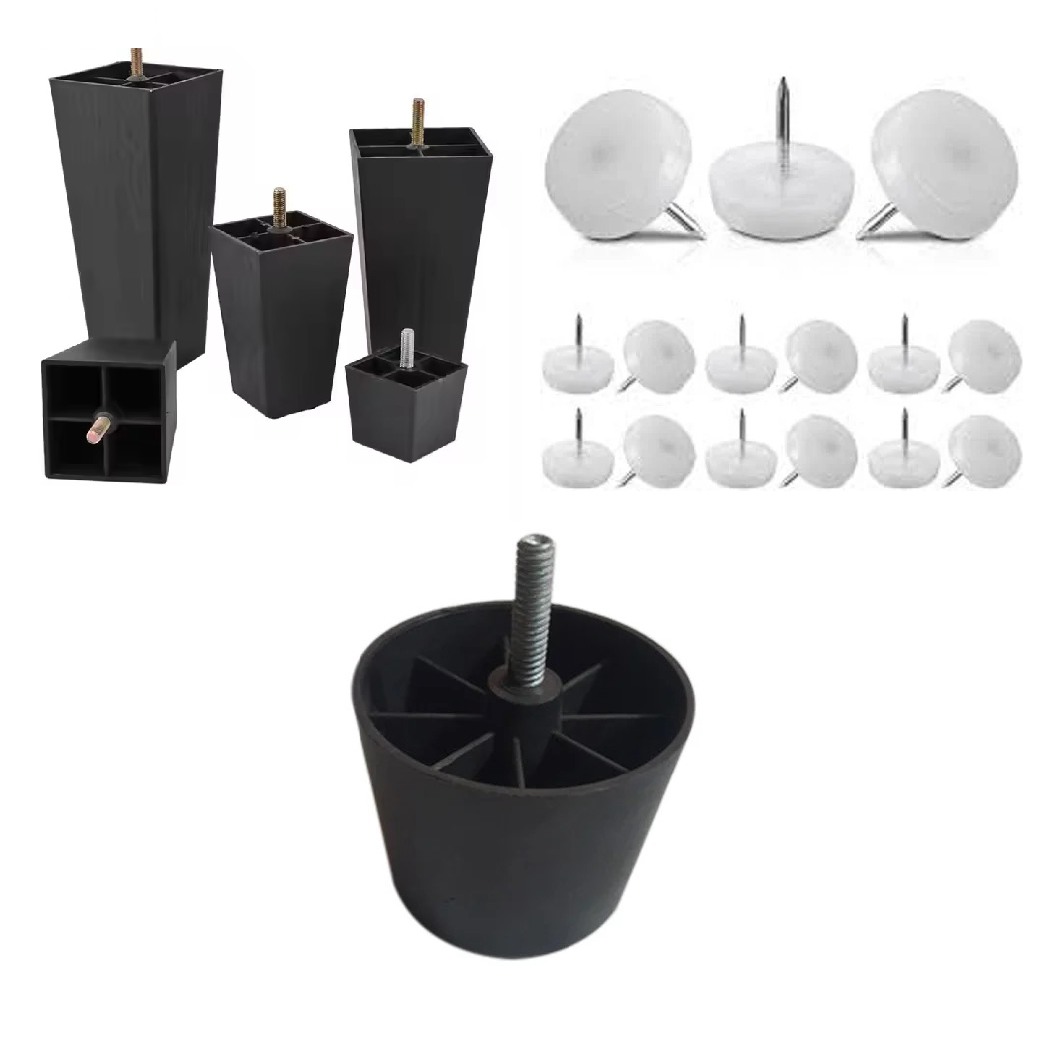
Easy sofa cleaning hacks
Your sofa is often the heart of your living space, and keeping it clean can make a big difference in the overall feel of your home. Here are some easy hacks to maintain its freshness:
Regular Vacuuming:
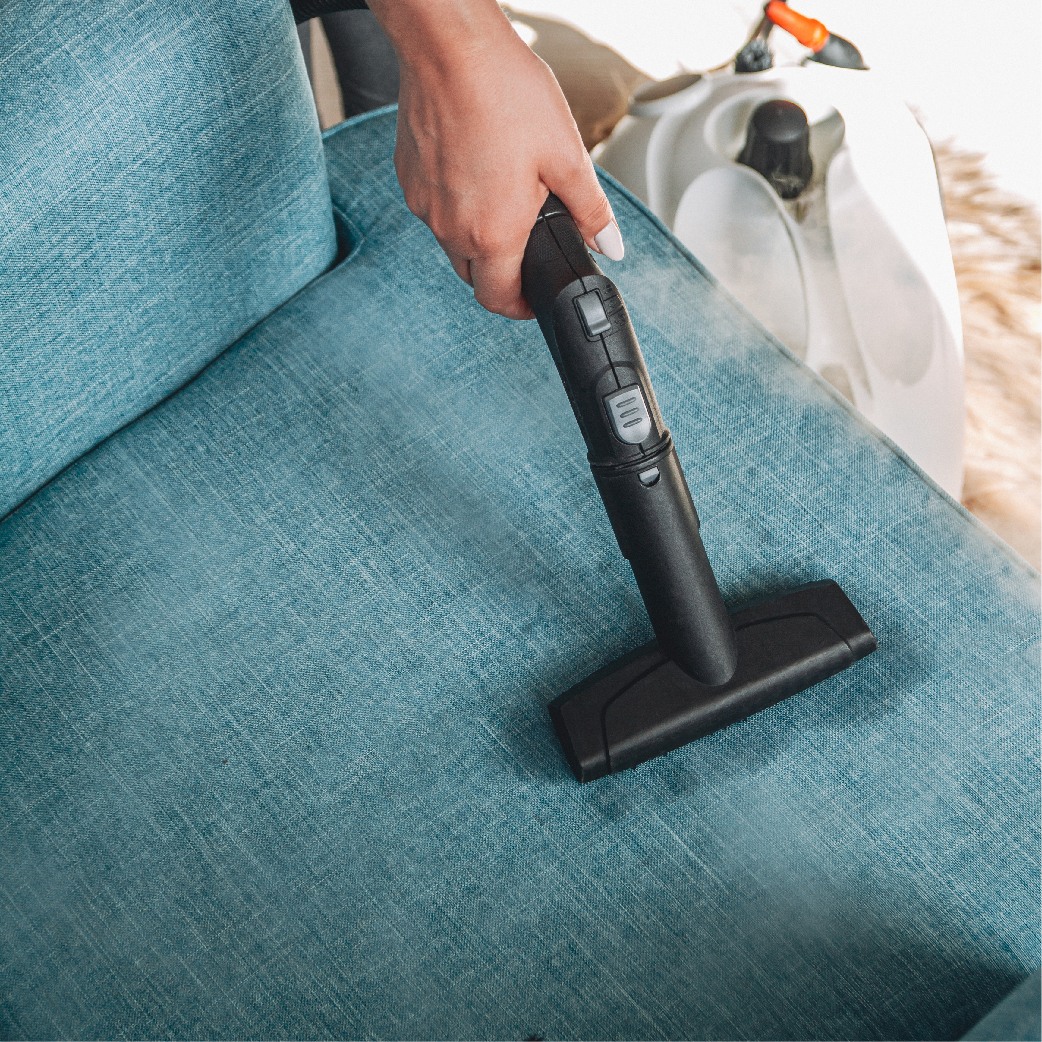
Use the upholstery attachment of your vacuum cleaner to remove loose crumbs, dust, and pet hair at least once a week. Pay attention to crevices and under the cushions.
Spot Cleaning Spills Immediately:
The moment a spill happens, blot it gently with a clean cloth or paper towel. Avoid rubbing, as this can spread the stain.
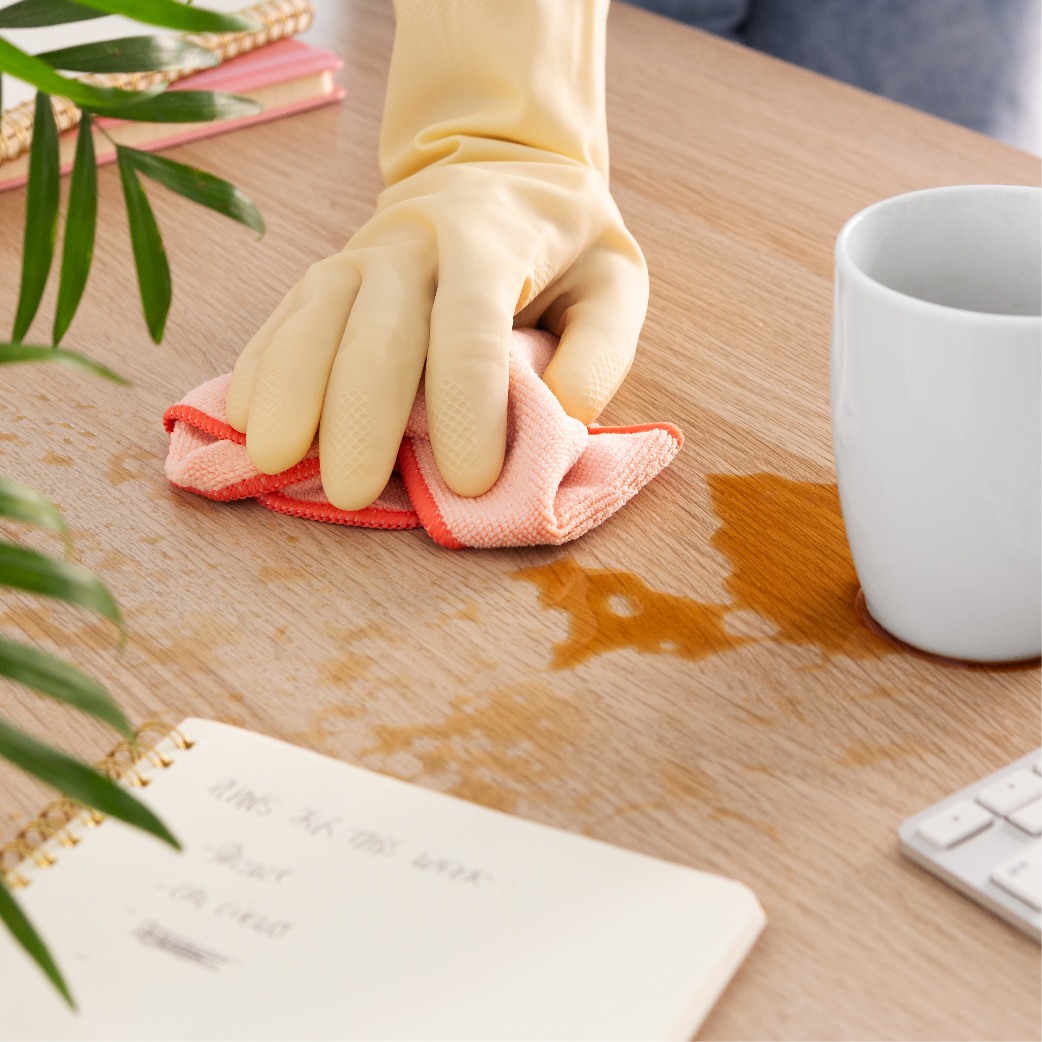
For liquid spills, try to absorb as much as possible before using a mild upholstery cleaner specifically designed for your sofa fabric. Always test the cleaner in an inconspicuous area first.
Freshening Up:
Sprinkle baking soda over your sofa and let it sit for about 15-30 minutes before vacuuming it up. This can help absorb odours and leave your sofa smelling fresh.
Cushion Care:
Fluff your cushions regularly to maintain their shape and prevent them from becoming flat. If the covers are removable and washable, follow the care instructions on the label.
Professional Cleaning:
Consider professional upholstery cleaning once or twice a year for a deeper clean and to maintain the longevity of your sofa.
Preventative Measures:
Consider using throws or slipcovers to protect your sofa from everyday wear and tear, especially in high-traffic areas or if you have pets or children.
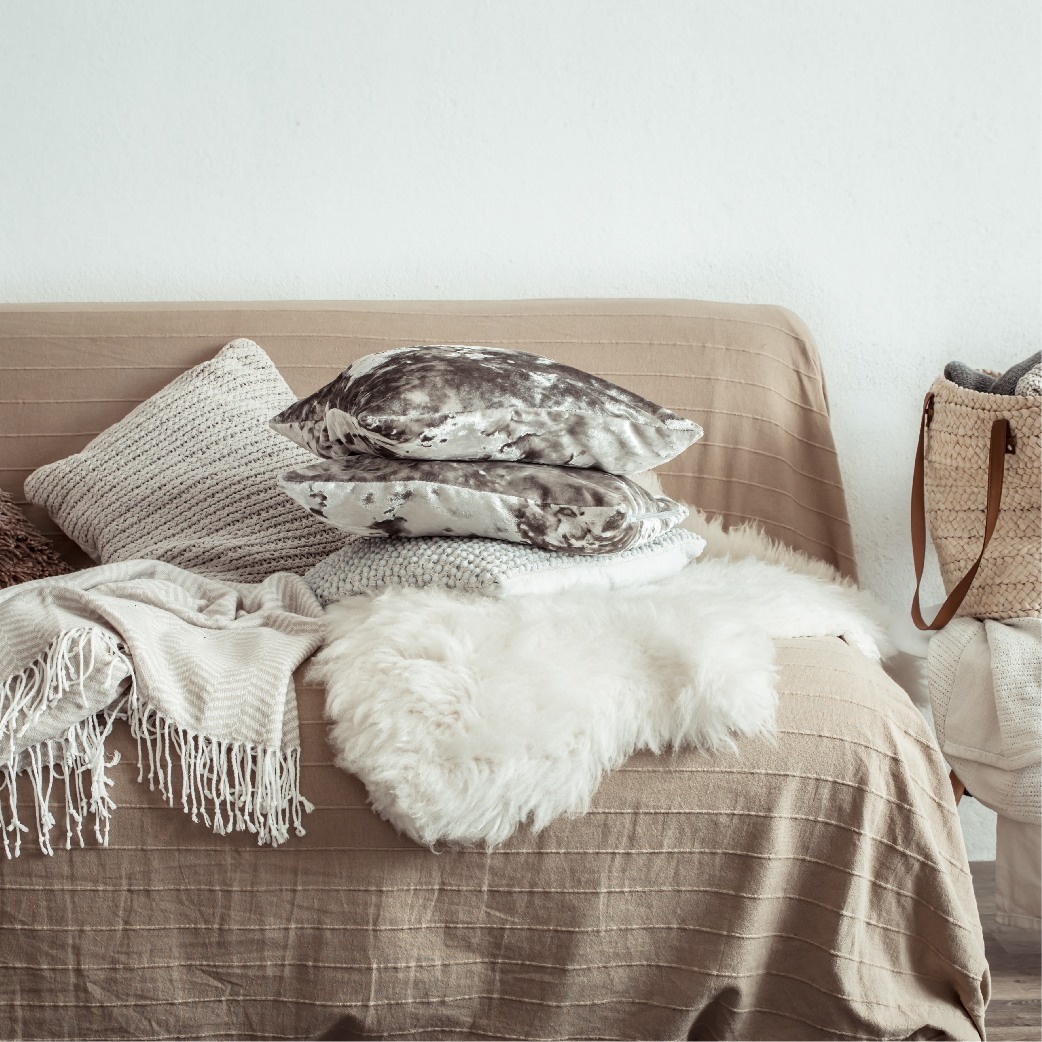
Dealing with Pet Hair:
Use a lint roller or a rubber glove to easily remove pet hair from your sofa. The rubber creates static that helps lift the hair.
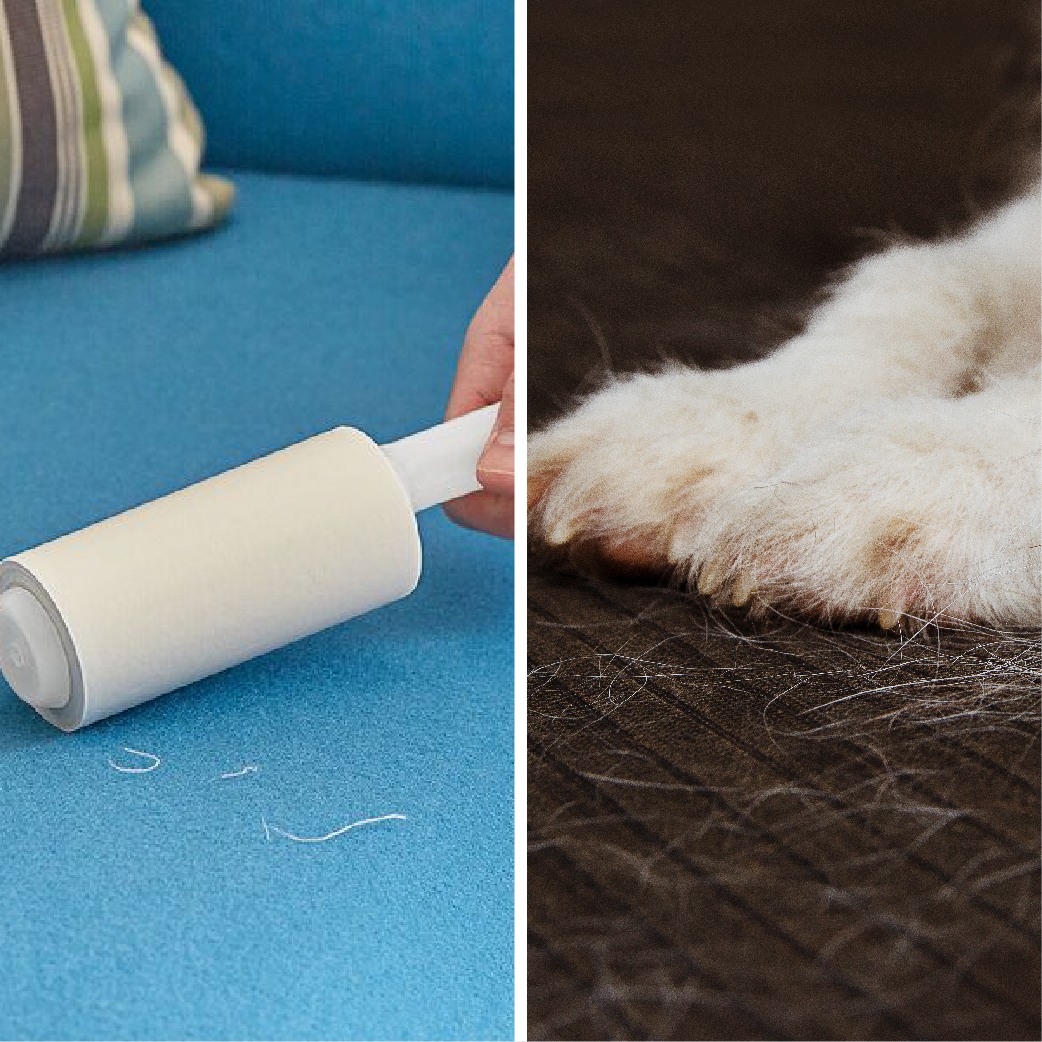
Leather Sofa Care:
For leather sofas, use a leather cleaner and conditioner specifically designed for furniture. Wipe down regularly with a soft, dry cloth and avoid placing it in direct sunlight or near heat sources.
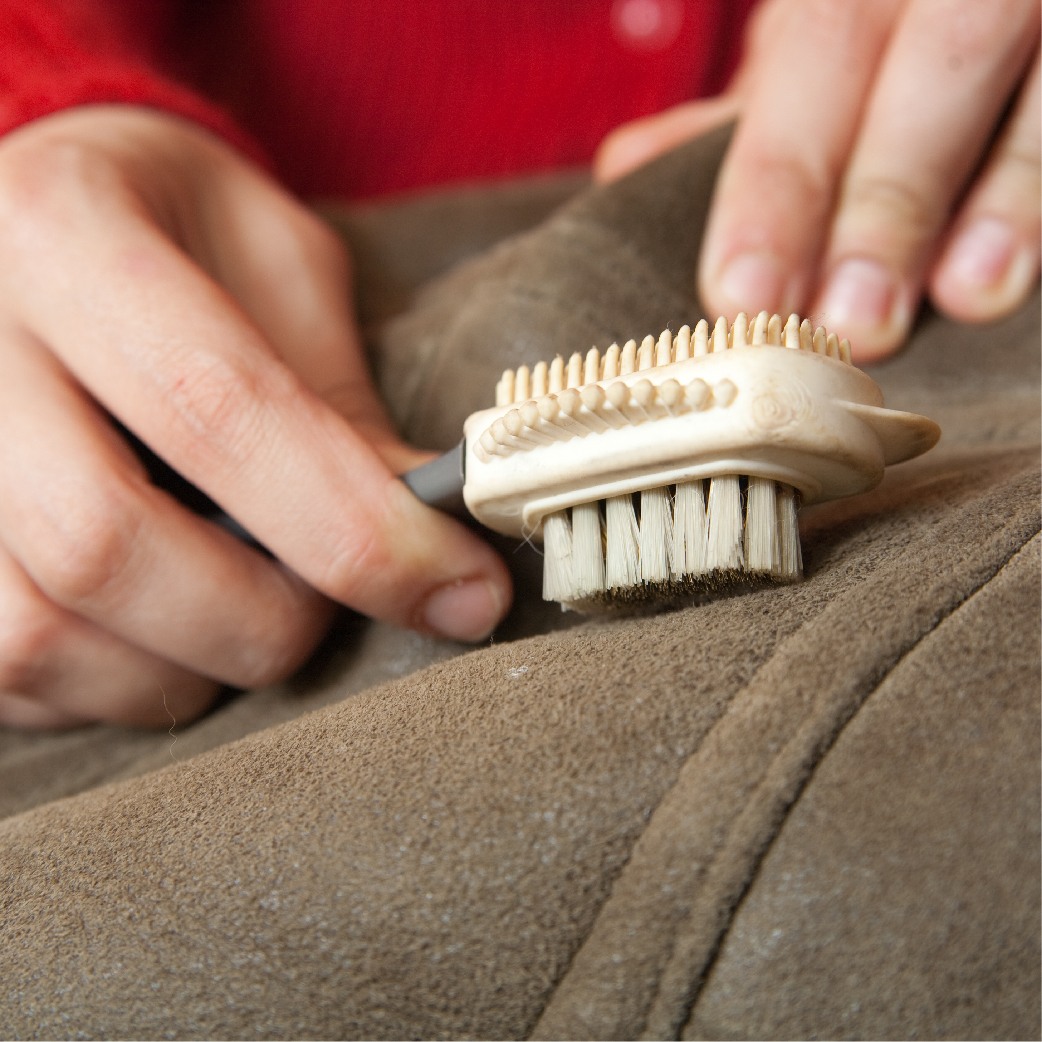
Fabric-Specific Cleaning:
Always identify the fabric of your sofa and use cleaning methods and products that are suitable for it. Some fabrics may require dry cleaning.
DIY Deodorizer Spray:
Mix equal parts water and white vinegar in a spray bottle with a few drops of your favorite essential oil for a natural deodorizing spray for your fabric sofa. Test in an inconspicuous area first.
Conclusion
Caring for any furniture doesn't have to be a chore. By following these simple tips and incorporating them into your regular cleaning routine, you can ensure your furniture remains beautiful, comfortable, and a source of pride for years to come.
Remember, a little care goes a long way in preserving the quality and extending the life of your cherished pieces. Enjoy your Neudot furniture!

